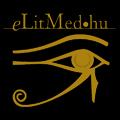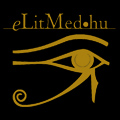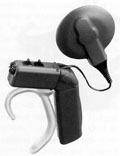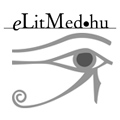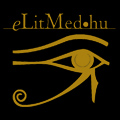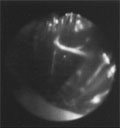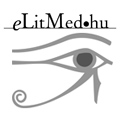The eLitMed.hu medical portal uses computer cookies for convenient operation. Detailed information can be found in the Cookie-policy.
Lege Artis Medicinae - 2002;12(04)
Content
[Rapid-acting human insulin analogues: new possibilities in the therapy of diabetes mellitus]
[Modifications of the insulin molecule at the end of the B chain resulted in the development of some new, more physiological meal-related insulins, the rapid acting human insulin analogues. This survey summarises the characteristics (structure, absorption, immunogenicity, efficacy and safety) and the conditions of clinical application of the rapid-acting insulin analogues available at the moment in Hungary. Furthermore, authors evaluate the effect of application of rapid-acting insulin analogues on the quality of life and glycaemic control of the patients. The collaboration between the well-prepared health-care team and the well-educated and cooperative diabetic patient using rapid-acting insulin analogue could lead to a level of freedom of lifestyle that approximates that of healthy people.]
[Cochlear implantation: results and perspectives in the therapy of profound deafness in Hungary]
[Cochlear implantation is a relatively new method that revolutionised the therapy of bilateral deafness and profound hearing loss of inner ear origin which could not be treated with surgery before. The function of the inner ear that is irreversibly damaged either because of congenital causes, trauma, infection or unknown origin is substituted by cochlear implant. In implanted patients the device fixed in the middle ear transmits the previously transformed electrical stimuli directly to the cochlear nerve via the electrodes inserted in the inner ear. Prior to implantation there is a detailed selection process and also a lengthy, followed by a several-year-long rehabilitation period, resulting in nearly perfect speech discrimination without lipreading in most cases. Cochlear implantation is indicated in the first place in case of prelingual deafs under 5 and postlingual deaf patients of any age. In the article authors discuss the theoretical basis, technical background and indications of cochlear implantation, while also providing an overview of the whole procedure from the preoperative examinations to postoperative rehabilitation.]
[Recognition of mental disorders in primary care]
[BACKGROUND - Several studies have shown that a substantial part of patients with mood and anxiety disorders seeks help at their primary care physician. It is well known that recognition of these disorders cause difficulties for general practitioners. In our study starting in 1998, we attempted to map the psychiatric disorders present in primary care patients. This paper investigates the factors that may contribute to the difficulties in recognition and diagnosis of mental disorders. METHOD - 1815 primary care patients in 12 general practice offices has been evaluated for mood and/or anxiety disorders with DIS interview. The DIS diagnosis was compared with complaints and symptoms of patients and diagnosis given by their GPs. RESULTS - Diagnosis given by GPs and DIS evaluation showed low concordance. The main factor in this proved to be the presence of somatic disorders, whereas socio-demographic factors played little role. The highest concordance of diagnosis was found when acute or chronic somatic disorders were not present.]
[Socialisation in the medical profession as reflected by students]
[INTRODUCTION - This article analyses the socialisation in the medical profession using complex approach, and taking Merton’s definition as a starting point. METHODS - Qualitative sociological, semistructured deep-interview method. RESULTS - The motivation of medical students in choosing their profession have not changed in the past years. The socialisational phases can clearly be observed during their training, these can serve as a basis for empirical observations. The role of classes related to behavioural studies is significant, while the opinion of the students about the teaching methods is diverse. Taking a family member as a model or work experience gained in medical fields is an advantage in the socialisational process. Temporal or partial leaving of the profession are new phenomena. CONCLUSION - Considering the characteristics of qualitative observational methods, the results of the present analysis may serve as a starting point for further empirical observations based on a representative model.]
1.
Clinical Neuroscience
[Headache registry in Szeged: Experiences regarding to migraine patients]2.
Clinical Neuroscience
[The new target population of stroke awareness campaign: Kindergarten students ]3.
Clinical Neuroscience
Is there any difference in mortality rates of atrial fibrillation detected before or after ischemic stroke?4.
Clinical Neuroscience
Factors influencing the level of stigma in Parkinson’s disease in western Turkey5.
Clinical Neuroscience
[The effects of demographic and clinical factors on the severity of poststroke aphasia]1.
2.
Clinical Oncology
[Pancreatic cancer: ESMO Clinical Practice Guideline for diagnosis, treatment and follow-up]3.
Clinical Oncology
[Pharmacovigilance landscape – Lessons from the past and opportunities for future]4.
5.
